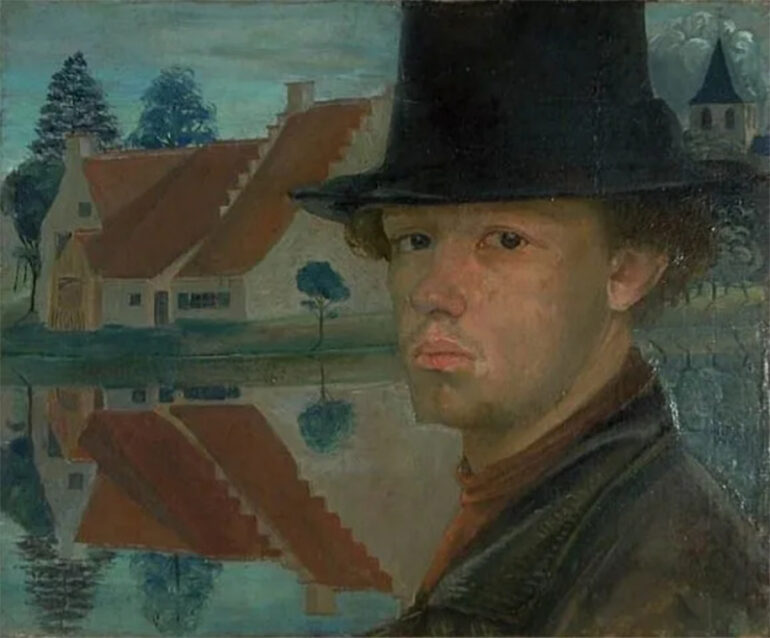Changing through many historical settings and creative trends, self-portraiture has long been a potent tool for artists to investigate and communicate their identities. From the reflective canvases of the Renaissance to the creative digital expressions of modern artists, this medium captures not just personal stories but also more general society changes. Self-portraiture questions established ideas of identity as artists explore new media and technology, therefore encouraging spectators to interact with the complexity of self-representation in an ever linked world.
The Evolution of Self-Portraiture in Art History
Beginning with the introspective works of Renaissance painters seeking to investigate their identity and role within society, self-portraiture has seen a tremendous change throughout art history. Early self-portraits sometimes displayed technical ability and personal story, which let painters like Rembrandt and Van Eyck convey their uniqueness and emotional depth. Incorporating many styles and methods, movements like Romanticism and Impressionism stretched the limits of self-representation as the ages went on. The development of photography in the 19th century brought fresh opportunities for self-examination that changed the way artists handled their own appearance. This development resulted in the modern period, in which digital technology has democratized self-portraetry so anybody with a smartphone may participate in this age-old craft.
Techniques and Symbolism in Self-Portraits
Through self-portraits, artists have used a range of methods and symbols to communicate their identities and feelings. While color selections may create certain moods or themes, the use of light and shadow usually represents the inner conflict or confidence of the subject. Symbolic goods or clothes let one understand the artist’s own opinions or social level. Furthermore, important is composition; perspective and placement affect how viewers see the topic. This combination of creative decisions lets self-portraits go beyond simple portrayal and into rich investigations of self and identity.
Modern Interpretations of the Self-Portrait
By using modern media and technology, contemporary artists have reinterpreted the self-portrait and produced fresh ideas of identity. Instant sharing and manipulation made possible by digital platforms let people create their public identities in ways not possible a generation before. Reflecting the complexity of contemporary life, some artists investigate ideas of fragmentation and plurality. Others question conventional ideas of self-representation by using performance art or video, therefore stressing the flux of identity. This development emphasizes the continuous communication between the self and the outside environment as well as the many ways people see their position in society.
The Influence of Technology on Self-Portraiture
Technological developments have fundamentally changed the way self-portraiture is done, increasing its accessibility and variety from past times. The spread of cellphones with high-quality cameras has democratized the art form by letting anybody quickly record and distribute their likeness. Social media channels encourage users to interact with their audience by means of well chosen photographs, therefore acting as both a gallery and a stage. Editing tools also help people to change their looks, therefore blurring the boundaries between reality and idealized self-representation. This change affects not just the technique used in self-portraits but also the construction of identity in a visually motivated society.
Self-portraiture shows how people negotiate their identities across many situations and illustrates a dynamic interaction between creative expression and social transformation. Self-portraiture is still an essential tool for self-examination and criticism as artists keep experimenting with new media and technology, therefore exposing the complexity of personal and group identity. This continuous change emphasizes not just the need of self-representation in art but also its part in forming our view of self in a society growingly visually oriented and linked.
Photo Attribution:
1st & featured image by https://commons.wikimedia.org/wiki/Category:Self-portrait_paintings#/media/File:Gustave_Van_de_Woestyne_-_Self-Portrait_(Circa_1900).jpg
2nd image by https://www.pexels.com/photo/woman-holding-silver-iphone-5s-1090393/

